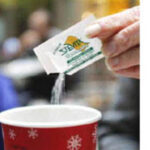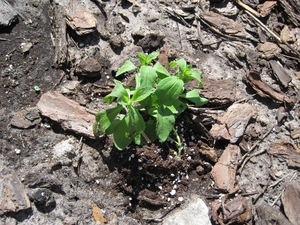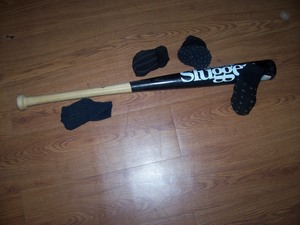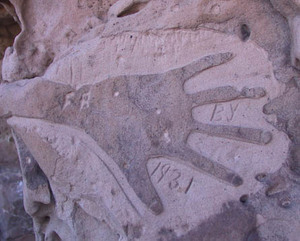Stevia, also known as Stevia Rebaudiana, was first discovered in the Amambay mountain range of Paraguay, South America. It is prized for its sweetness and its benefits to ones health.
Stevia was first brought to the U.S. in 1918. The FDA still only recognizes Stevia as a food additive even though other countries have been using Stevia as a food safely for many years. In Japan, for example, Stevia was first tested for safety in 1970. It is now widely used in over 70 food products in Japan including candy, gum, ice cream, yogurt, soft drinks, soy sauce and pickles.
Japanese medical studies have shown that Stevia is non-caloric and that it reduces blood sugar levels even more than simply eliminating sugar alone. This makes Stevia a safe choice for diabetics and hypoglycemics and well as being useful to those suffering from candidiasis.
There are other benefits as well. Some studies have shown that Stevia can inhibit the growth of some bacteria making it beneficial in preventing tooth decay and gum disease. Other studies show Stevia to increase mental alertness, decrease fatigue, improve digestion, regulate blood pressure and regulate blood pressure.
Dieters appreciate Stevia for its ability to reduce sweet cravings and hunger sensations. And some even believe that Stevia reduces craving for tobacco and alcohol. Stevia plants are rich in many nutrients including protein, fiber, iron, phosphorus, calcium, potassium, magnesium and zinc as well as Vitamins A and C.
Stevia can be purchased in powder, liquid or tablet form. But it’s also easy to grow your own. Seeds or plants can be purchased through many gardener’s catalogs. The Stevia plant grows to be 3-4 feet wide and 3-4 feet tall and has slightly serrated leaves. They like 12-13 hours of full sun and well-drained soil. Stevia should be first planted in the spring after the danger of frost is past. Tips of leaves should be pinched back for the first month or two so that the plant will become bushier. Mulch plants with bark or straw and feed a low nitrogen organic fertilizer. And be sure to water evenly and consistently.
Stevia can be harvested in late fall, before the first flowers appear in the plant. The flowers will give the leaves a bitter taste. To harvest, cut the entire plant at the base and tie the stems together. Hang upside down in a cool, dry place until leaves dry. The leaves can be stored in a jar or a zipper bag. When you are ready to use them simply grind them for a few seconds in an electric coffee grinder. Or a liquid sweetener can be made by adding 1 tablespoon of leaves to one cup of boiling water. Strain through a coffee filter and refrigerate for up to two weeks.
So, now you have it, what do you do with it? One teaspoon of crushed leaves is equal to one cup of sugar. Just a small amount of Stevia will sweeten your coffee or tea. Jams, cookies and cakes are also places where Stevia can replace sugar. Check your local book store for cookbooks especially written to utilize this healthy sugar alternative.







